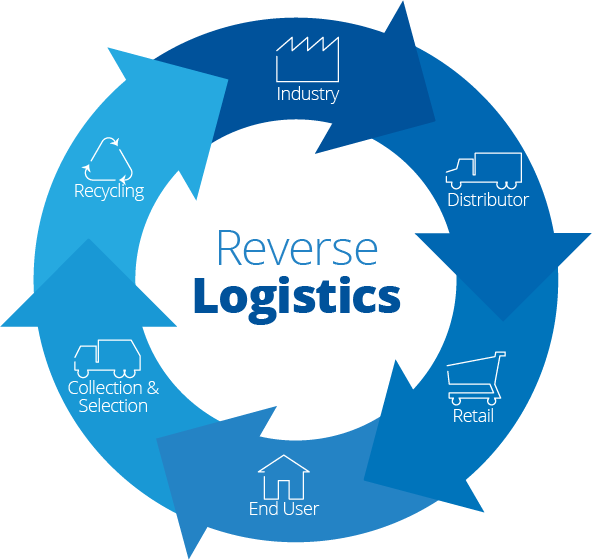Why reverse logistics creates value in the supply chain
Reverse logistics is “the sequence of activities necessary to collect the used product from customers in order to reuse, repair, remanufacture, recycle or dispose of it. Therefore, it represents essentially a circular strategy (since it integrates R strategies) and is considered a key step towards sustainable supply chains, according to Laura Batlle Bayer, researcher at the UNESCO Chair in Life Cycle and Climate Change at ESCI-UPF.
Julianelli et al. (2020) studied how reverse logistics with a circular economy perspective can create value for the supply chain, and developed a framework, based on 5 critical success factors:
- The planning and management of materials to use them more efficiently.
- The evaluation of the life cycle (LCA) to control the environmental impact, determine the points of conflict and rethink the value chain to prolong the life of the product and optimise the use of resources.
- Industrial sustainability to adopt circular strategies (i.e. industrial symbiosis), increase efficiency and reduce environmental impact.
- ICT (Information and Communication Technologies) to develop new technologies designed for circularity. For example, new sensors for waste collection; o tools to collect and analyse data on customer preferences.
- Promoters and relationships to establish synergies and networks that guarantee innovative cooperation and value creation throughout the entire supply chain. This factor is key and, therefore, is linked to all the processes of the value chain.
To create innovative and strong relationships and cooperation, the level of knowledge and awareness of circular economy issues by stakeholders is also key. In this sense, the Collegi d’Economistes de Catalunya (CEC, 2020) published the first barometer of the circular economy in the region in order to assess the level of knowledge and implementation in Catalan companies. Regarding the perceptions of the companies interviewed, they found that all companies (especially large ones) believe in the urgent need to move to circular models. In terms of initiative taking, the larger the corporation, the more steps are taken towards the transition. Companies believe that increasing supply chain efficiency is key to achieving circularity, highlighting the need for better metrics to assess circular strategies.
Within reverse logistics, a key measure is the use of reusable packaging. When moving from single-use to reusable carry items, stakeholder roles may change. For example, the retailer may become a channel from supplier to consumer; or a new actor, such as a pooling company, can enter the value chain as a provider of reusable packaging (such as CPR; Reusable Plastic Boxes) for the transport of products between different stakeholders.
In short, building strong relationships is key to ensuring stakeholder commitment to circular supply chains.



